Looking for an alternative to traditional gas, log-burning or electric fires? A bioethanol fire might just be the very thing you need. If you’ve never heard of a bioethanol fire, or if you’d like to learn more about what they are and the benefits they carry, you’re in the right place. We’ve put together the answers to all the most frequently asked questions about these incredible fires so you can decide if they are the right choice for you.

What is a bio fireplace?
It is a modern device that functions as a traditional fireplace - it is a source of warmth and decoration at the same time. Unlike the firebox known to us, for which we need wood or briquettes to fire, in their case we use the so-called biofuel in liquid or gel form. The flame is created by burning ethyl alcohol without producing any smoke, ash or soot.
When biofuel is burned, it releases very little carbon dioxide and water vapour. This leaves no soot, no mess, and no smoke. This also means that for this fireplace you don’t need a flue or a chimney for the smoke, because there isn’t any! This is a huge advantage for those who want to add a fireplace to their homes that have no chimney. Chimney installation is expensive and cumbersome as well as complicated. With this, you get a fireplace without the hassle of chimney installation.
There’s also no issue of cleaning up after the biofuel fireplace is used which can be a huge relief for a lot of people. Anyone with a traditional fireplace will know how big a chore cleaning up a stove can be after the wood has burned.
What is bioethanol fuel and how does it work?
Bio-ethanol fuel, sometimes called 'bio fuel', is a sustainable 'green fuel' produced from crops such as sugar cane or maize. It produces a very clean, smokeless form of heat as it doesn't generate any harmful gasses, sparks or soot.
When used as fuel for heating, bio-ethanol is very environmentally friendly, producing around the same C02 emissions as burning a candle.
Bioethanol fires work by simply pouring bioethanol fuel into the burner and lighting it, so it’s much more straightforward than you may have initially thought. The fuel will then burn for 4-5 hours or until extinguished, which is done by closing the lid and starving the flame of oxygen. The fire can then easily be topped up with more fuel once cooled (which takes 10-15 minutes) if you need the fire to burn for longer.
Is bioethanol fire expensive to run?
The short answer is no, bioethanol fires are not expensive to run when compared with the cost of running wood or gas fires. However, the cost of running a bioethanol fire can vary depending on the cost of the fuel you use and how far open the box slider is during use (if applicable). Bioethanol fuel costs €8.99 per litre, though prices do vary across brands and sources, and a litre lasts an average of 3.5 hours with the box slider fully open, while it can last up to 5 hours or more with the slider only ¼ open.
The quality of the fuel can also affect costs and efficiency. Cheaper fuels do, of course, reduce running costs in the short term, though these fuels are often more flammable and therefore burn out more quickly, which actually increases running costs over time. A good compromise is to seek out good quality fuel and buy in bulk (if you plan on using your bioethanol fire regularly) as you can often find excellent discounts for bulk fuel purchases.
What are the advantages of bioethanol fires?
Very Environment Friendly
It's all about ecology! By buying our bio-fireplace you care about the environment. You do not contribute to the formation of smog. All this is due to the fact that the products of biofuel combustion are only: heat, water vapour and a negligible amount of carbon dioxide (as in the air exhaled by us).
Real Flame and Heat Without the Usual Fuss
The only alternative to the traditional gas-based or wood-based fireplace is a biofuel fireplace if you actually want real flame and heat. Electrical fireplaces are available but they provide neither of the two. Biofuel fireplace produces real flame and proper heat as long as it burns. Lack of chimneys or flue ensures that no heat is lost in the process and gets distributed in the room.
Easy Installation and Use
It’s quite unbelievable, especially for those with traditional fireplaces that these can be installed without any fuss! Freestanding models are available that can be placed anywhere and requires no installation. The wall-mounted ones are installed the same way a wall-mounted TV is installed. The built-in ones require proper installation, but they are still less complicated and cumbersome than the traditional fireplaces.
A bio-fireplace does not require any fixed chimney installation, which makes its installation very simple and quick. It will take you literally several minutes. The only thing you need to do is to join several elements together and put the bio-container in the designated place. However, be sure to follow standard precautions and not to place a bio fireplace near flammable objects.
You only need a moment to enjoy the warmth and view of the fire. Pour the biofuel to the level marked in the container, set the fire and you're done!
Importantly, you can extinguish the flame at any time.
100% Safety
While bioethanol fires do produce carbon dioxide, this substance is only produced in small amounts (around the same C02 emissions as burning a candle) and is a natural by-product of any real fire. What’s more, bioethanol fires are far safer to use indoors than traditional fires due to the fact that they don’t produce any smoke, ash or carcinogenic substances, so you’re not breathing in any of these nasties in your home.
Of course, like any flammable fuel, care does need to be taken while handling bioethanol fuel and using the burner. All fires are only as safe as the procedures they are used with, so make sure you follow all instructions and guidelines to ensure you are filling and using your bioethanol fire correctly.
Our bio fireplaces have a German TÜV safety certificate. Thanks to this, innovative solutions and strict quality control, you can be sure that you are getting a top-class product.
What are the disadvantages of bioethanol fires?
Such devices provide heat, however, it should be borne in mind that a bio fireplace cannot be treated as the only heating for the room, as it will be insufficient. Bio fireplaces do not have too much heating power, and after filling the furnace with fuel, the fire will burn for 2 to 6 hours depending, among others, on the set flame power. Therefore, they should be treated as useful decorations supporting the warmth and cosiness of the room. People who dream of a fireplace that will add splendour to their living room or bedrooms will surely like this solution. Especially if we live in a block of flats or a small apartment and we cannot afford to install a traditional fireplace. It is an ecological and convenient solution that will certainly be useful in the autumn and winter period.


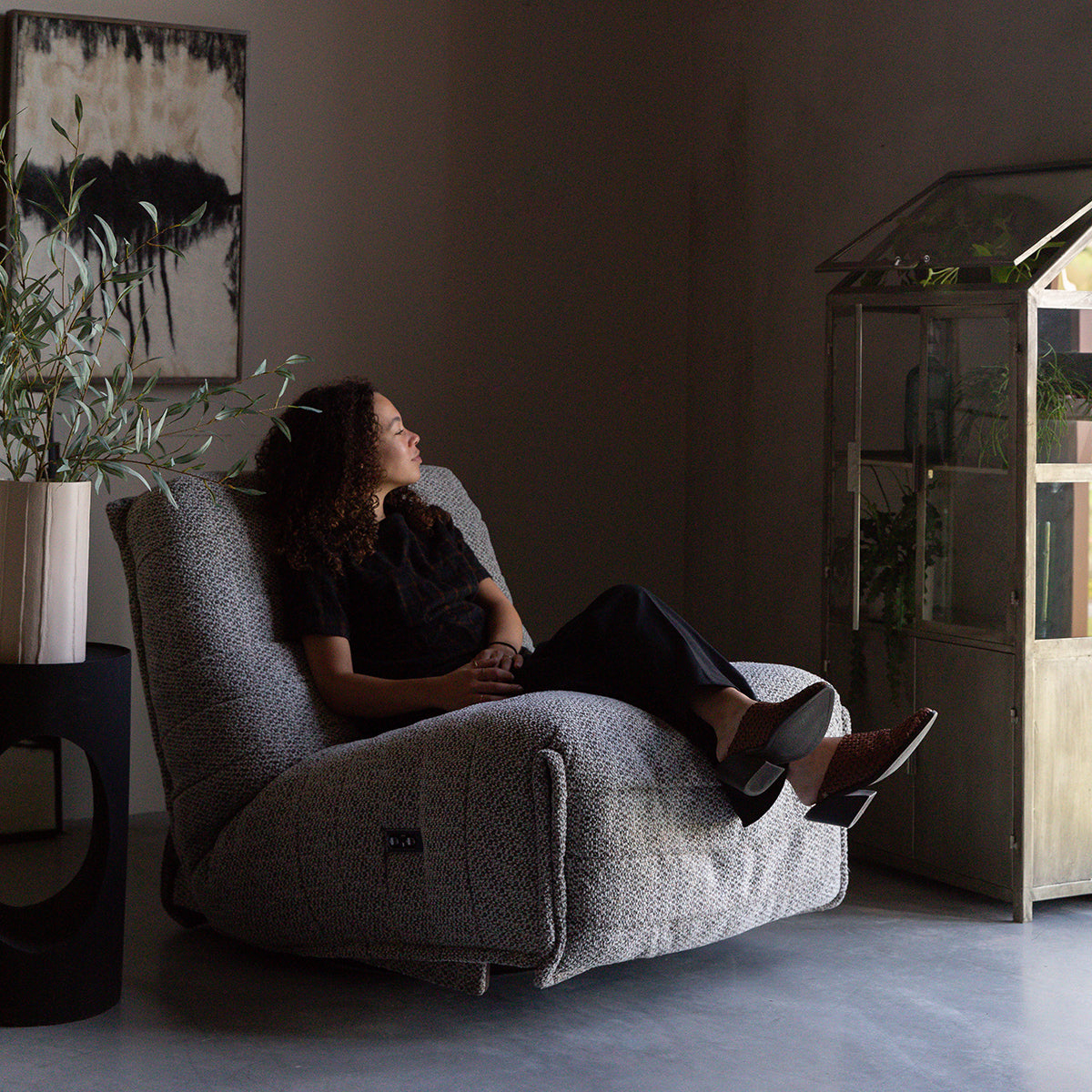




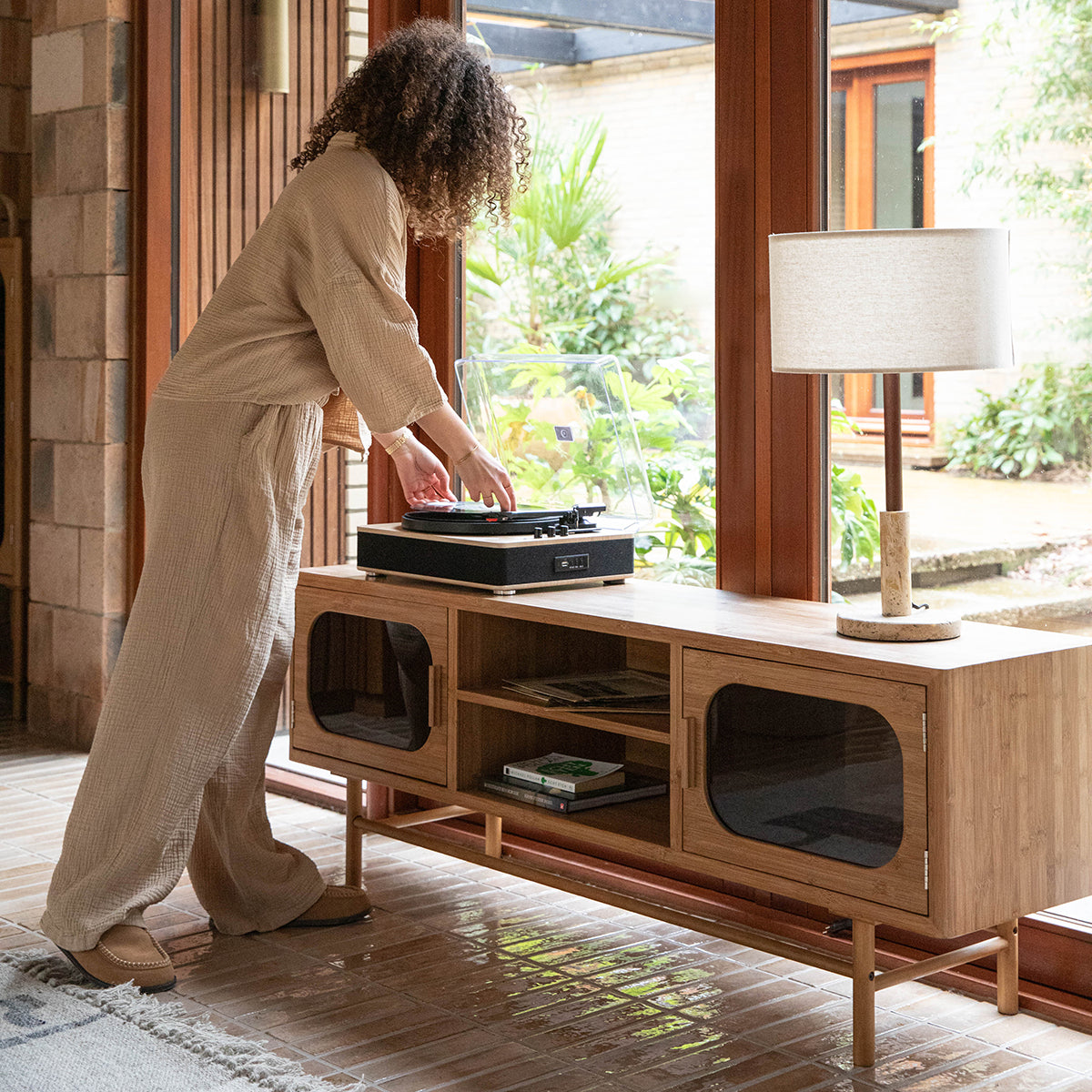

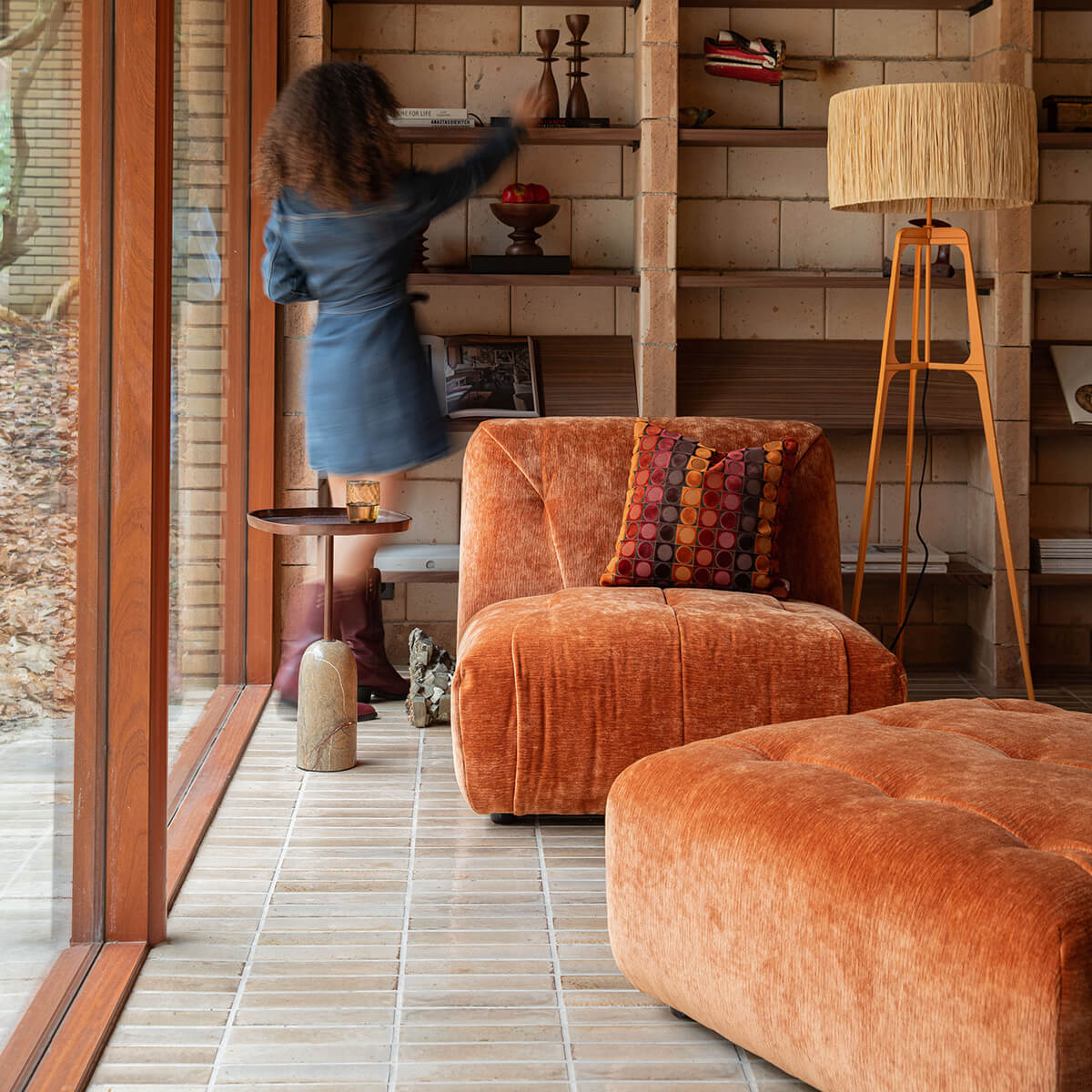













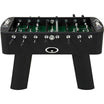


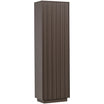

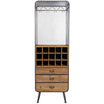
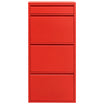



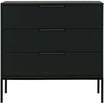













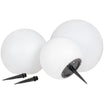
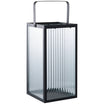




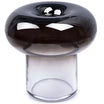

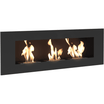
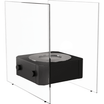
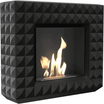



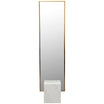






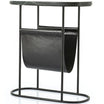








Leave a comment
All comments are moderated before being published.
This site is protected by hCaptcha and the hCaptcha Privacy Policy and Terms of Service apply.